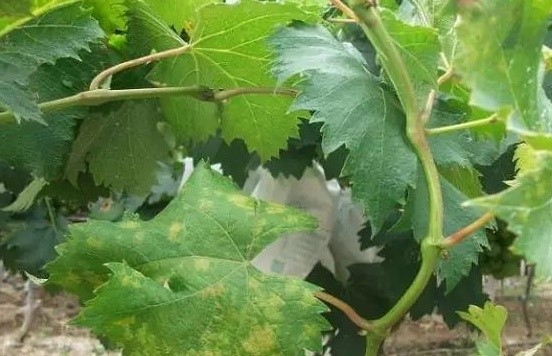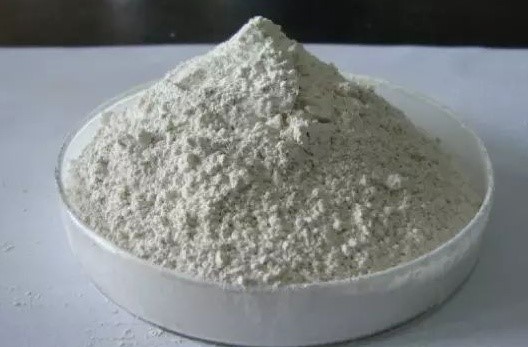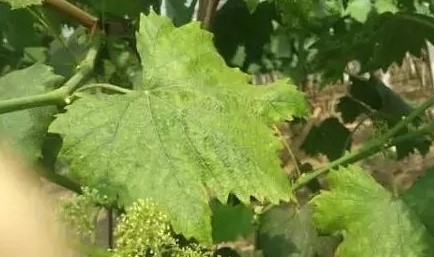Search Product
Search here for what you are looking for:
Search here for what you are looking for:

Mancozeb is an traditional fungicide that has been used for many years. The most well accepted is mancozeb 80%WP. It has excellent properties such as broad spectrum, low toxicity, low residue, high efficiency and multiple action sites.
At the same time, mancozeb has good compatibility, can be mixed with many systemic fungicides, improve the efficacy and delay the production of resistance to systemic pesticides. Trace elements of Mn and Zn have obvious effects on crop growth and yield increase.
The Daisen organosulfuricide cannot directly act on plant pathogens, but is converted to EBIS in water or air and further converted to EBI under ultraviolet irradiation. EBIS and EBI are truly bactericidal compounds. These two active substances participate in six metabolic processes in the pathogen cells and inhibit the oxidation of pyruvate in the cells. Finally, it is reflected in the inhibition of spore germination of pathogenic bacteria.
Here are some other similar fungicides:
Mancozebium: The active material has the fastest conversion rate, unstable drug effect, short duration of action, and is prone to phytotoxicity.
Desen Zinc: The drug is unstable, the sterilization is not broad enough, the protection ability is general and there is no killing effect on the fungus.
Benseson zinc: high zinc content, good protection, but lacks the sterilization effect of manganese ions.
Metiram: The zinc content is higher, the protection effect is better, the leaf surface is brighter and the fruit surface is brighter, and the sterilization effect of manganese ions is lacking.
Compared with the fungicides such as mancozeb and daisen zinc, the molecular structure of mancozeb is more stable. After spraying on plants, the conversion of EBIS and EBI is more stable and controllable, which results in mancozeb. It has the advantages of better efficacy and higher safety for crops.
Target diseases: pear black spot disease, citrus scab disease, ulcer disease, apple spotted leaf disease, grape downy mildew, litchi downy mildew, Phytophthora, green pepper blight, downy mildew of cucumber, melon and watermelon, tomato blight, cotton rotten bell disease, wheat rust, powdery mildew, corn spot, streak, tobacco black shank, yam anthracnose, brown rot, root neck rot, spotted leaf disease.

Super properties of Mancozeb:
Broad spectrum and high efficiency are effective for most fungal plant diseases.
There is almost no risk of resistance to plant safety, to human and animal safety, to environmental safety.
It has good compatibility and can be mixed with most fungicides and insecticides, even including copper formulations with good release properties.
Downy mildew of Mancozeb
Major formulation type:

Mancozeb 70%WP
Mancozeb 50%WP
Precautions:
In sunny morning, the conversion of mancozeb to EBIS and EBI on the surface of plants under UV irradiation is faster and the rate of drug effect is better. However, the weather with strong light exceeding 35℃ should be used with caution, and the conversion rate of the active ingredient under high temperature and strong ultraviolet light is too fast, which may easily lead to phytotoxicity.
The immatured fruits such as melons, apples, cherries and grapes should be used with caution in order to avoid phytotoxicity.
Try to mix with other fungicides and try to spray evenly to ensure that the agent can cover the surface of the plant to the utmost extent. Be careful not to mix it with alkaline pesticides, fertilizers and copper-containing solutions.
The agent has a stimulating effect on the skin and mucous membranes, and pay attention to protection when using it.

Grape vine damaged by inferior mancozeb.